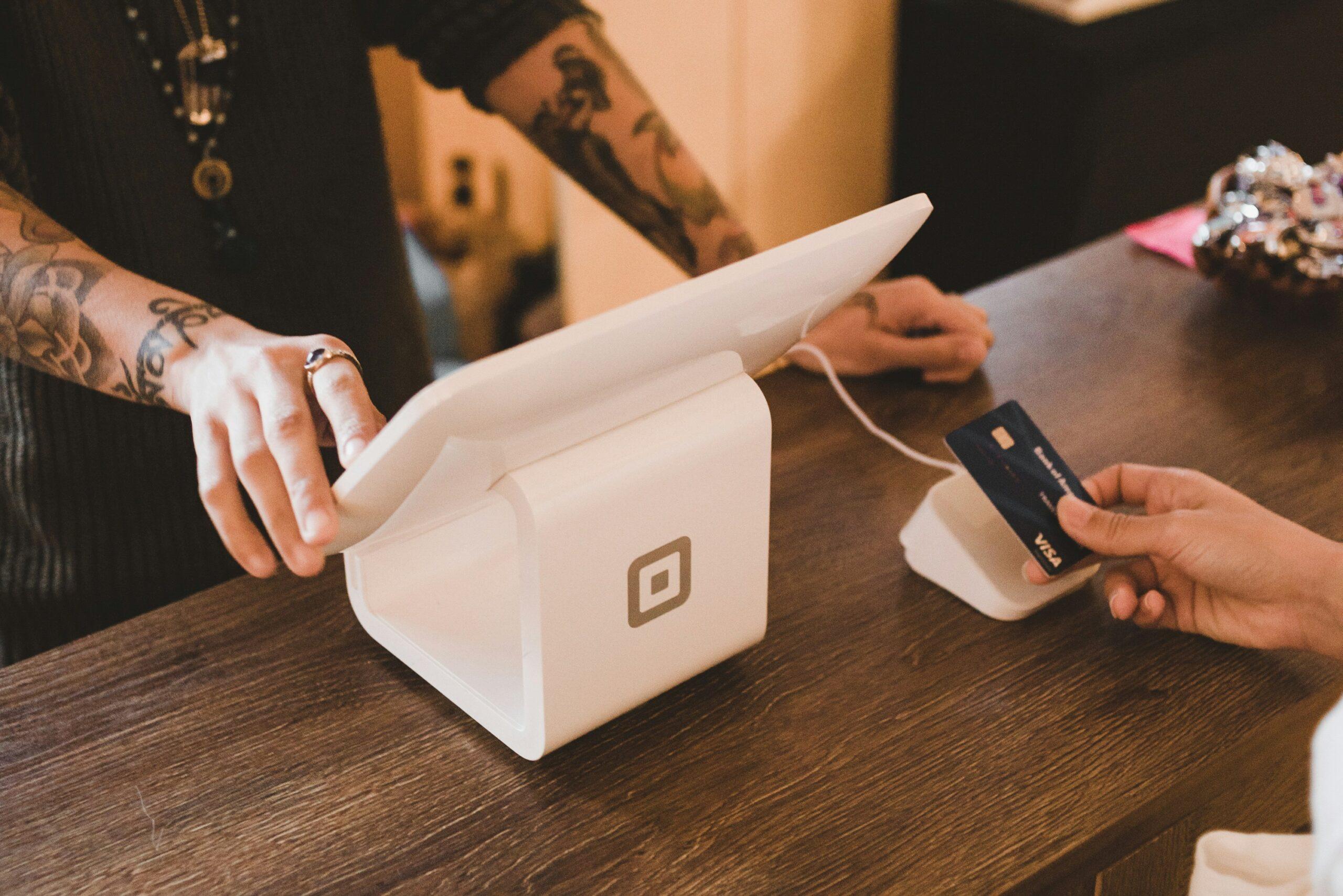
Purchase Intent plays a pivotal role in Experiential Marketing. It measures how well we assist consumers in moving through the purchase cycle, leading to revenue-generating behaviors. This blog post explores the dynamics of Purchase Intent, its challenges, and effective measurement strategies.
Estimated reading time: 4 minutes
Table of Contents
What is Purchase Intent in Experiential Marketing?
In today’s dynamic marketing landscape, brands constantly seek innovative ways to connect with consumers and create lasting impressions. Experiential marketing has proved to be a valuable tool, fostering audience engagement on an emotional level. But how does this engagement translate into measurable results?
A critical Key Performance Indicator (KPI) to measure is Purchase Intent. Purchase intent is a gauge of a consumer’s willingness to buy your product or service in the future. It is a key component in experiential marketing that helps us understand the likelihood of consumers purchasing after interacting with a brand. Before exploring the details of assessing purchase intent, it’s crucial first to understand the consumer purchase cycle.
What is the Consumer Purchase Cycle?
The consumer purchase cycle encompasses the various stages a consumer goes through before making a purchase decision. Every consumer, consciously or subconsciously, is stuck at some point within the purchase cycle. A well-executed marketing campaign can effectively unstick them.
Let’s take a closer look at the key stages of the consumer’s journey:
- Need: First, consumers must identify a problem that a product or service is able to solve.
- Awareness: Next, consumers need to become aware of a brand offering a solution and trust the credibility of their brand promise.
- Trial: At this stage, consumers evaluate the brand or product to determine if it meets their needs, often comparing options.
- Purchase: Finally, consumers align the brand proposition as a viable solution and become loyal customers.
What are the Challenges and Solutions in Measuring Purchase Intent?
Measuring purchase intent at experiential events comes with its own set of challenges. Let’s face it: there’s a lot to absorb at experiential events, and remembering every interaction can be challenging. This can lead us to overestimate the likelihood of making a future purchase when asked in an intercept survey. Then, of course, there’s how we ask consumers about their intentions. Asking consumers a simple “yes” or “no” question about their purchase intent might not yield useful information. While they may indicate intent to buy, this method doesn’t provide any context on their purchase timeline.
To overcome these challenges, a combination of industry standards and practical survey questions can be used to establish the best approach for obtaining more useful and actionable results:
- Targeted Surveys: Use surveys with clear, concise questions tailored to specific product categories. For instance, rather than asking a generic question like “Will you purchase this product?”, ask something more specific such as, “How likely are you to buy orange juice in the next week?” This timeframe is more aligned with the typical purchase cycle of orange juice.
- Likert Scale: Utilizing a classic five-point Likert scale enables a standardized assessment of purchase intent. This facilitates efficient measurement of results across various campaigns.
- Industry Standards: Adjusting purchase intent provides a more accurate conversion rate estimate by considering factors such as product category and purchase cycle.
The Role of Purchase Intent in Experiential Marketing
Purchase Intent plays a vital role in Experiential Marketing. By designing experiential marketing campaigns strategically and measuring purchase intent effectively, brands can gain insights into consumer behavior. This information can be used to optimize their efforts, drive sales, and achieve long-term success. In Part 2 of this series, we’ll discuss how to effectively use adjustments and leverage benchmark data to optimize your campaign for improved ROI.
Ready to delve deeper into the world of experiential marketing measurement and unlock the power of purchase intent? Download our free eBook, “The Experiential Marketing Measurement Blueprint,” for practical strategies and valuable insights to maximize the impact of your experiential campaigns.

The Experiential Marketing Measurement Blueprint
STOP FLYING BLIND
Take Actions to Prove the Value of Your Next Experiential Marketing Campaign
Your events are fantastic. And you know they work. The problem is proving that they work.
Your recap reports are beautiful but counting up impressions (and hoping no one asks how you did it) then filling a PowerPoint with photos of smiling consumers doesn’t work like it used to. Even the sizzle reel is getting old.
Click to Read More and Download